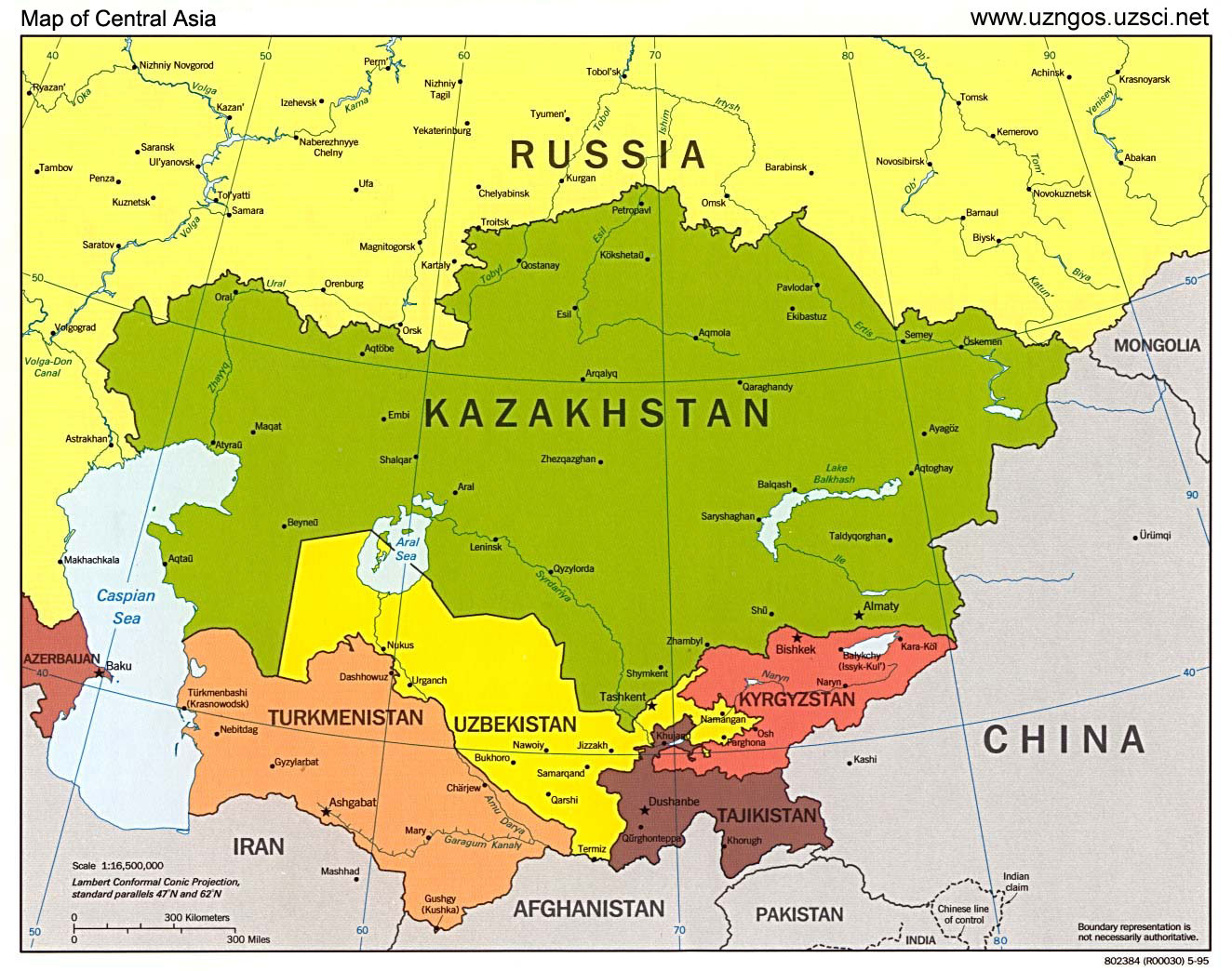2018 to be more positive for Central Asia in terms of economic growth

By Kamila Aliyeva
Central Asian last year's economic growth rate has set solid foundations for its further increase in 2018.
Kazakhstan’s Council on Foreign Relations predicts the growth of the economies of Central Asian states in 2018, Kazinform reported.
“In our opinion, this year will be more positive in terms of economic development, in the sense that the countries of the region will enter a positive dynamic of economic growth,” the chairman of the council, Yerlan Karin, said while presenting an analytical review of the region's 10 most important events during an expert meeting in Kazmedia.
Central Asia's economic growth will in average amount to 2.7 percent this year, according to various expert agencies, in particular the World Bank, he noted.
"If we summarize all the other forecasts of different analytical groups and centers, then, actually, we see that this year there will be a more average stable dynamics of economic growth. In each country, of course, it will be different, because the volume of the economy in all countries varies. With the only proviso that, for example, in a number of countries the positive dynamics of economic development will still be conditioned, say, by various other factors, including domestic political factors,” Karin explained.
But, nevertheless, as the expert emphasized, the general dynamics this year should be rather positive.
“This will be mainly influenced by external factors - that is a small, but still persistent increase in energy prices. It is also expected that there will be a slight increase in the various positions of goods and raw materials. Here we also stipulate that one cannot ignore the influence of other factors, such as the activity of the Federal Reserve rate (U.S.), which, naturally, will require correction in certain cases,” he added.
According to the World Bank experts which expect that economic growth will be 2.7 percent in 2018, the region is benefiting from modestly rising oil prices, benign global financing conditions, and solid growth in the Euro Area.
“Regional growth is expected to edge up to an average of 2.8 percent in 2018-19, as activity in Russia and other commodity exporters firms and growth in Turkey recovers. The main downside risks include renewed declines in oil and other commodity prices, policy uncertainty and geopolitical risks, and international financial market disruptions. Domestic banking system weaknesses are a vulnerability and could amplify internal and external shocks,” the report said.
Earlier, the Asian Development Bank (ADB) also improved growth forecasts for the Central Asian developing countries.
Central Asia is extending from the Caspian Sea in the west to the border of western China in the east. It is bounded on the north by Russia and on the south by Iran, Afghanistan, and China. The region consists of the former Soviet republics of Kazakhstan, Uzbekistan, Tajikistan, Kyrgyzstan, and Turkmenistan.
Central Asia’s economic activity is centered on irrigated agriculture in the south and on heavy and light industry and mining in Kazakhstan.
Of the five Central Asian countries, Uzbekistan, with a population of 30.9 million, is the most populous Central Asian country.
Over the past decade, Central Asia has emerged as a vital region in the global energy market as the world’s economic center has shifted eastward.
Central Asia has long possessed large volumes of oil and natural gas, but for decades, the region’s energy infrastructure remained underdeveloped due to a number of reasons.
Kazakhstan is the region’s leading oil producer and ninth-largest country in the world. Turkmenistan is the region’s main gas exporter, and exports its reserves directly to China through the Central Asia-China Gas Pipeline. Uzbekistan also supplies gas through the upgraded pipeline network.
Turkmenistan is also among the main cotton exporters of the world. The country seeks to achieve about 1.05 million cotton harvest this year.
Tajikistan is the smallest oil reserve holder in Central Asia. The country has 4.4 gigawatts (GWe) of generating capacity, about 90 percent of which is hydroelectric.
Now, the Central Asian nations seek to diversify their export destinations and are viewed as favorable investment opportunities by many Western companies.
---
Kamila Aliyeva is AzerNews’ staff journalist, follow her on Twitter: @Kami_Aliyeva
Follow us on Twitter @AzerNewsAz
Here we are to serve you with news right now. It does not cost much, but worth your attention.
Choose to support open, independent, quality journalism and subscribe on a monthly basis.
By subscribing to our online newspaper, you can have full digital access to all news, analysis, and much more.
You can also follow AzerNEWS on Twitter @AzerNewsAz or Facebook @AzerNewsNewspaper
Thank you!
